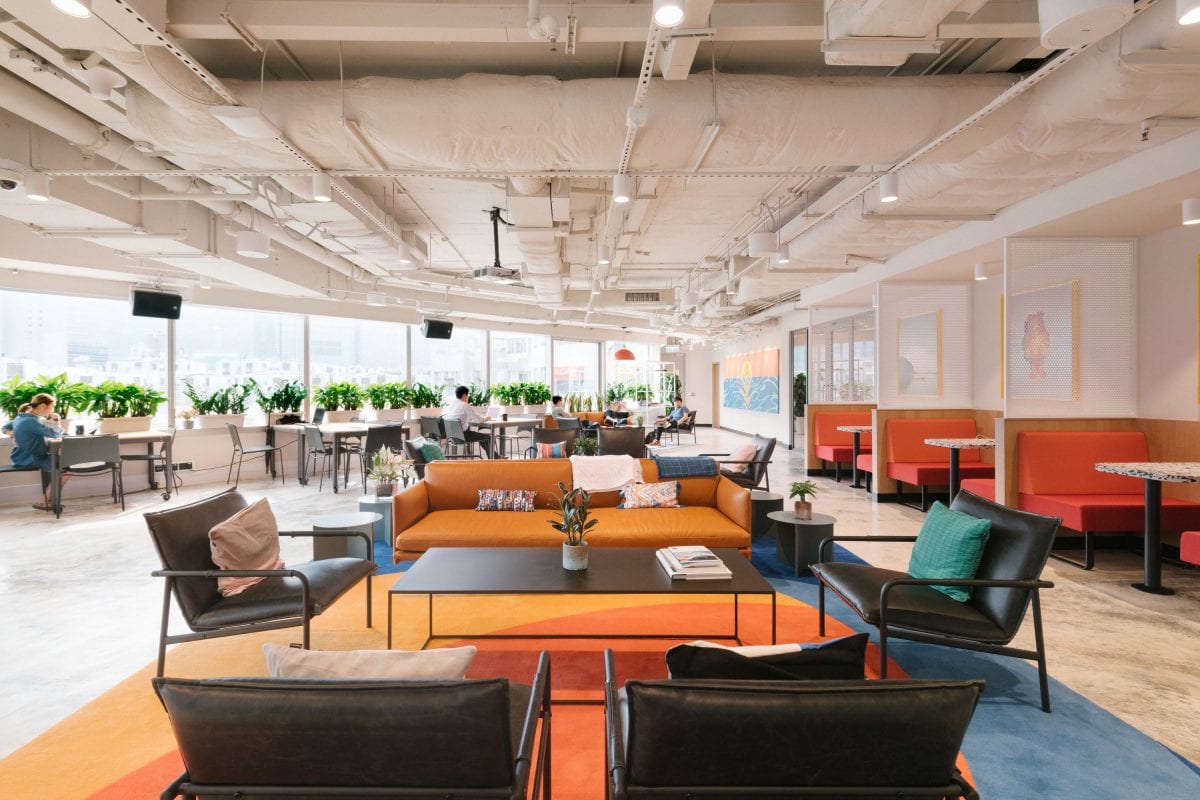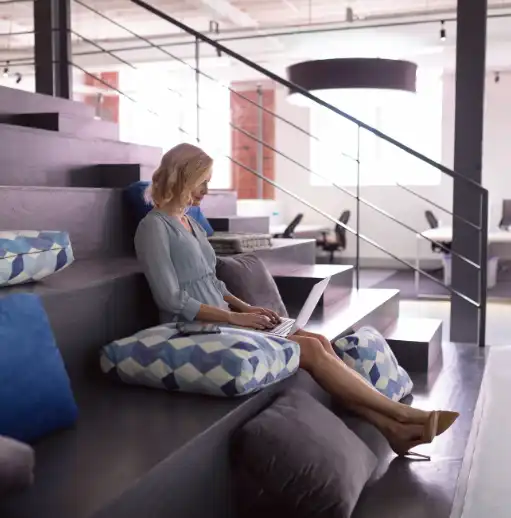
By Reagan Nickl
Enterprise Customer Success Senior Manager
SpaceIQ
Is your workplace feeling cramped? Too many employees jammed in one area while other spaces go unused. You might be suffering from improper space utilization. But what is space utilization, exactly? Depending on context, it could be the most important metric you’re not measuring—one with the power to bring harmony to your workplace and everything in it.
What is space utilization?
Space utilization is how well you’re using your space. Do employees have enough space to productively work, or the right spaces to do it? Workplace space utilization is all about function.
Note: Workplace space utilization and space occupancy are not the same. There’s a big difference between how a space is used (utilization) and how many people are in it (occupancy). The two are separate in terms of measurement, but affect each other:
There’s a balancing act between how many people occupy a space and utilization. Low utilization indicates inefficient use of space. Likewise, low occupancy indicates underutilized space. The goal is to pair high occupancy with high utilization, and recognize when these variables don’t align.
Many forms of utilization measurement
There’s no single way to measure space utilization. Accurate utilization data comes from a variety of space utilization metrics. Depending on the workplace information a company needs, it may use one or all of these different metrics:
Time
Time-based utilization how is a space used at a given time. It’s usually plotted over the course of a day or week to generate patterns on peak utilization and how employees use the space. For example, it may show that a conference room is occupied the most on Monday, Thursday, and Friday at 45 minutes per meeting.
Space
Are employees using the workplace to its fullest potential? Tracking space utilization by type is the easiest way to find out. Data may show your massive conference room is going unused, while a smaller one sees constant use. Or, it may denote high demand for individual, quiet workstations vs. the current open office floor plan. How often a space is used (and unused) sheds light on how well it’s utilized.
Group
Who’s using specific spaces and how often is a great way to gauge effective utilization. Are there unused desks in Accounting that Human Resources might need? Is Marketing using conference rooms more often than other business segments on the same floor? Pairing groups with spaces shows utilization in a practical sense.
Location
The locations of specific space types in relation to where employees sit play a big role in efficient utilization. Measuring utilization by location is a great way to reverse engineer the effective use of that space. Do the people on the second floor use their conference room? Are employees choosing hot desks on the fourth floor more often than on the fifth floor? Is your workforce best spread between two regional locations or one central location? Looking at facility usage by location paints a clearer picture of utilization trends.
Rather than hand-calculate utilization, it’s best to run everything through space utilization software. Not only will software deploy the proper algorithms to measure various utilization metrics, managers can flip back and forth between datasets depending on what approach they’re taking for utilization.
Why measure utilization at all?
Measuring space utilization is important for planning for growth, understanding facility costs, preventing workplace friction, and making data-backed decisions about workplace management. It’s an important step in understanding the real estate you have and how to maximize ROI. Unlocking optimal utilization is the secret to cultivating business success, starting from within.
Keep reading: Space planning software buyers guide.




